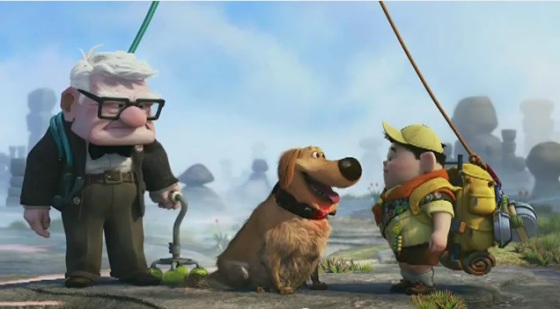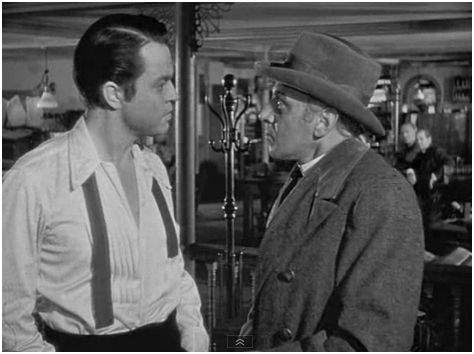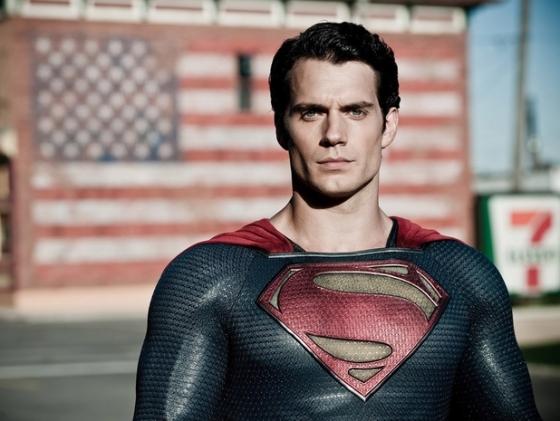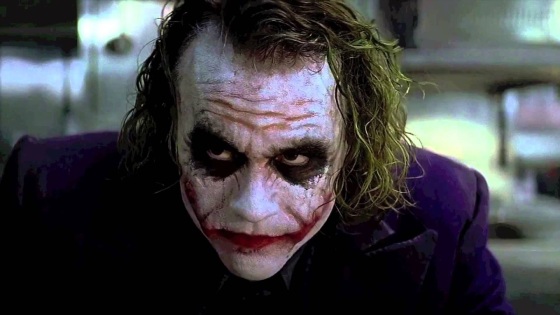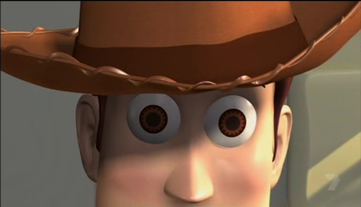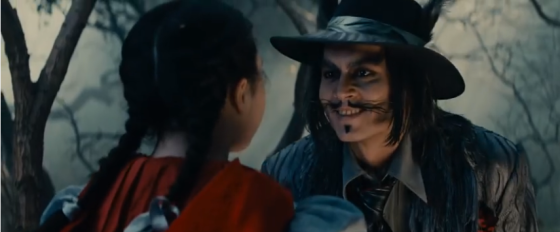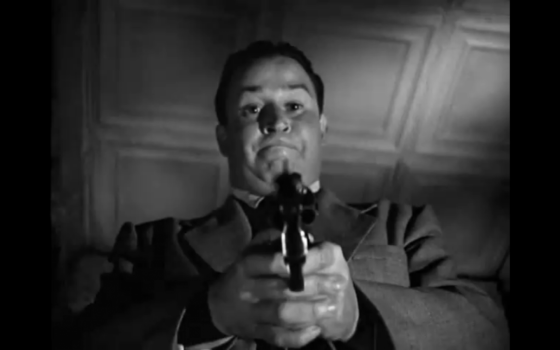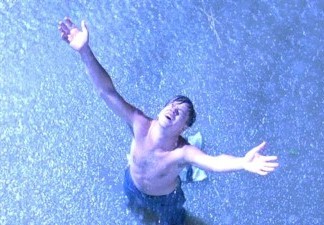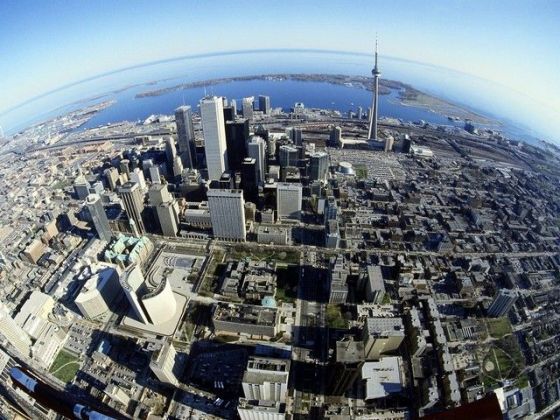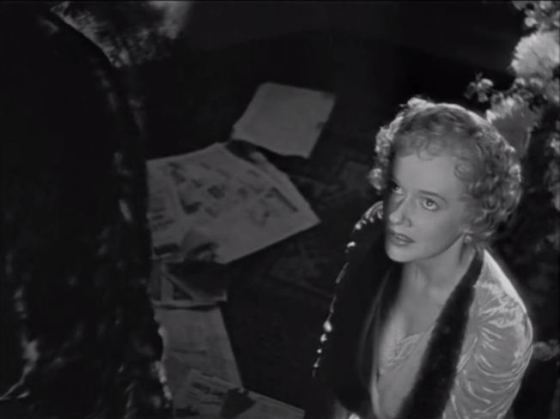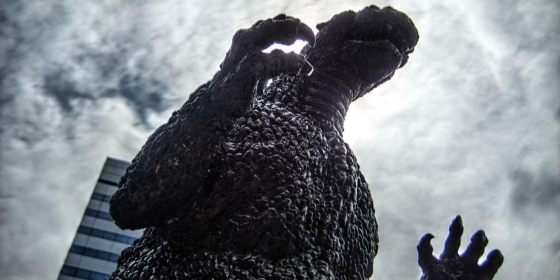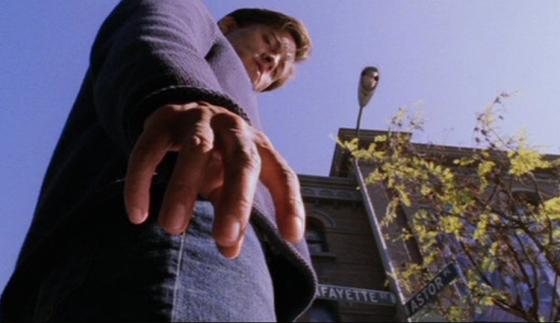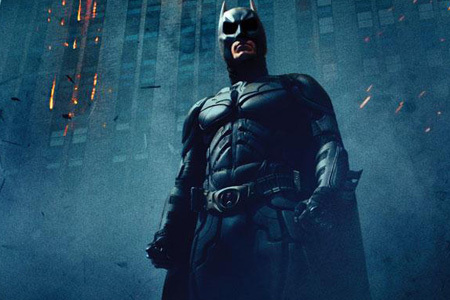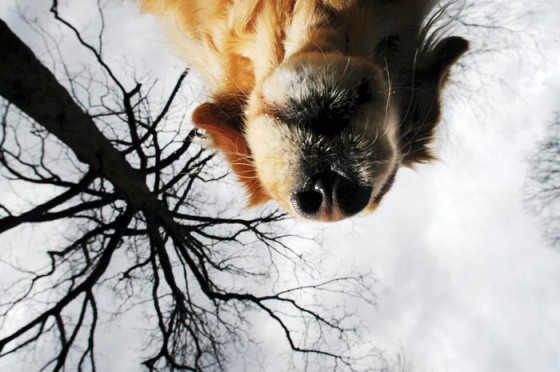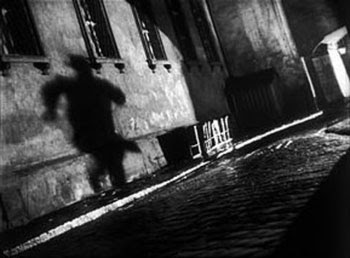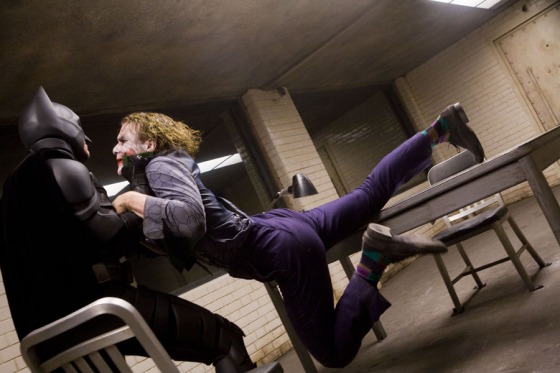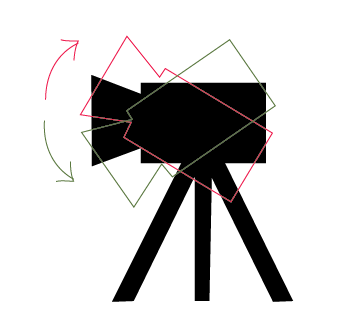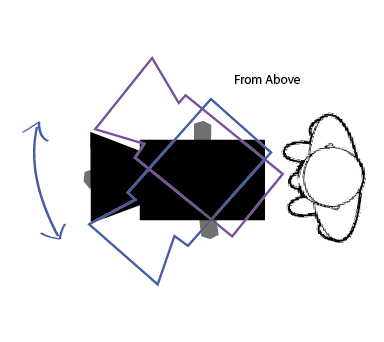LEAD ROOM/LEAD SPACE aka NOSE ROOM:
Leave some room! If your actor is looking off screen to the left, leave room to the left. If the character is looking into the edge of the frame, it creates a sense of awkwardness and makes the viewer uncomfortable. It’s as if they’re about to fall out of the frame.
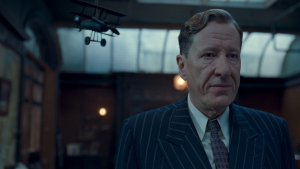

Especially if the subject is moving across the frame, make sure to give them room to “walk into”
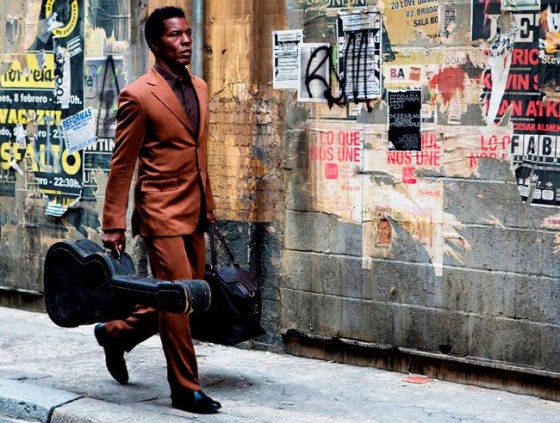
Head Room:
Don’t decapitate your actors! From LS to MS, even MCU, make sure to give the head some room at the top, but also be careful of too much room…it will make the character seem much smaller. In a CU, usually frame the face so the top of the frame is along the mid-point of the actor’s forehead. For info on how to frame a close-up, check out this resource!

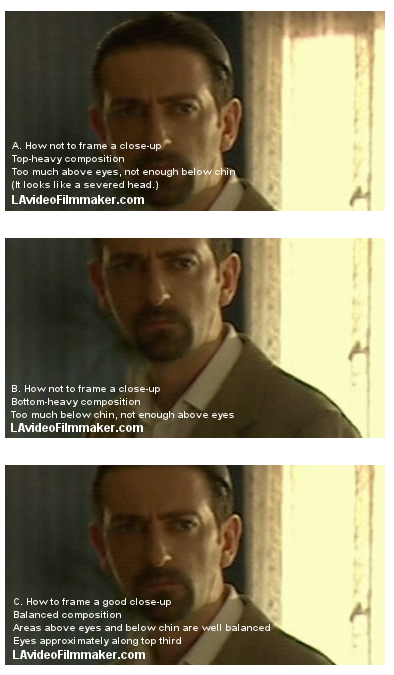
RULE OF THIRDS:
When composing a shot, imagine a grid over your frame that divides the frame into 9 equal sections (two vertical and two horizontal lines). The intersection of the lines are points of interest to the eye…use these as points of references when composing the shot. It will create a shot that is visually pleasing and dynamic. It’s not necessary to use the rule of thirds, there are many other systems for composing a shot. Rule of thirds is just helpful, especially for beginners, because it allows us to create a balanced composition with breathing room.
Rule of Thirds:


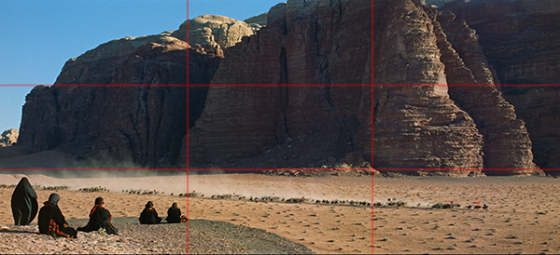
180° Rule:
Unlike the rule of thirds, the 180° rule should almost NEVER be broken. Doing so will result in confusion, and not the good kind. There might even be bitter weeping. Please don’t do it. It’s a little tougher to understand so, here’s a helpful video:
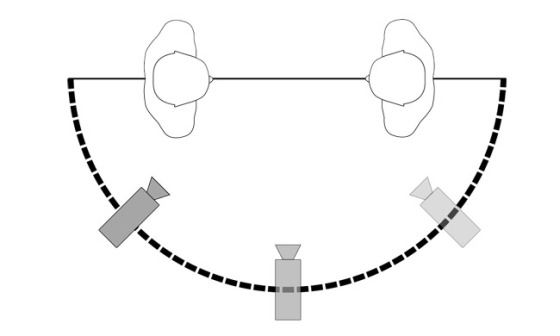
When you establish a scene, you are telling the audience “Here is where everyone is located” Once you locate your actors, draw an imaginary line through your actors. Your cameras CANNOT CROSS unless you track the camera to the other side in the scene, otherwise your viewers will be totally disoriented about where everyone is located.
CONTINUITY characters and scenery should look the same from shot to shot, even and especially if the shots are recorded on different days. If an actor’s hair is parted to the right in one shot, and the left in the next, or they have a cup of coffee in their hand in one shot and it’s on the table the next, it’s disorienting to the audience because that’s not how reality works.
More to come!


